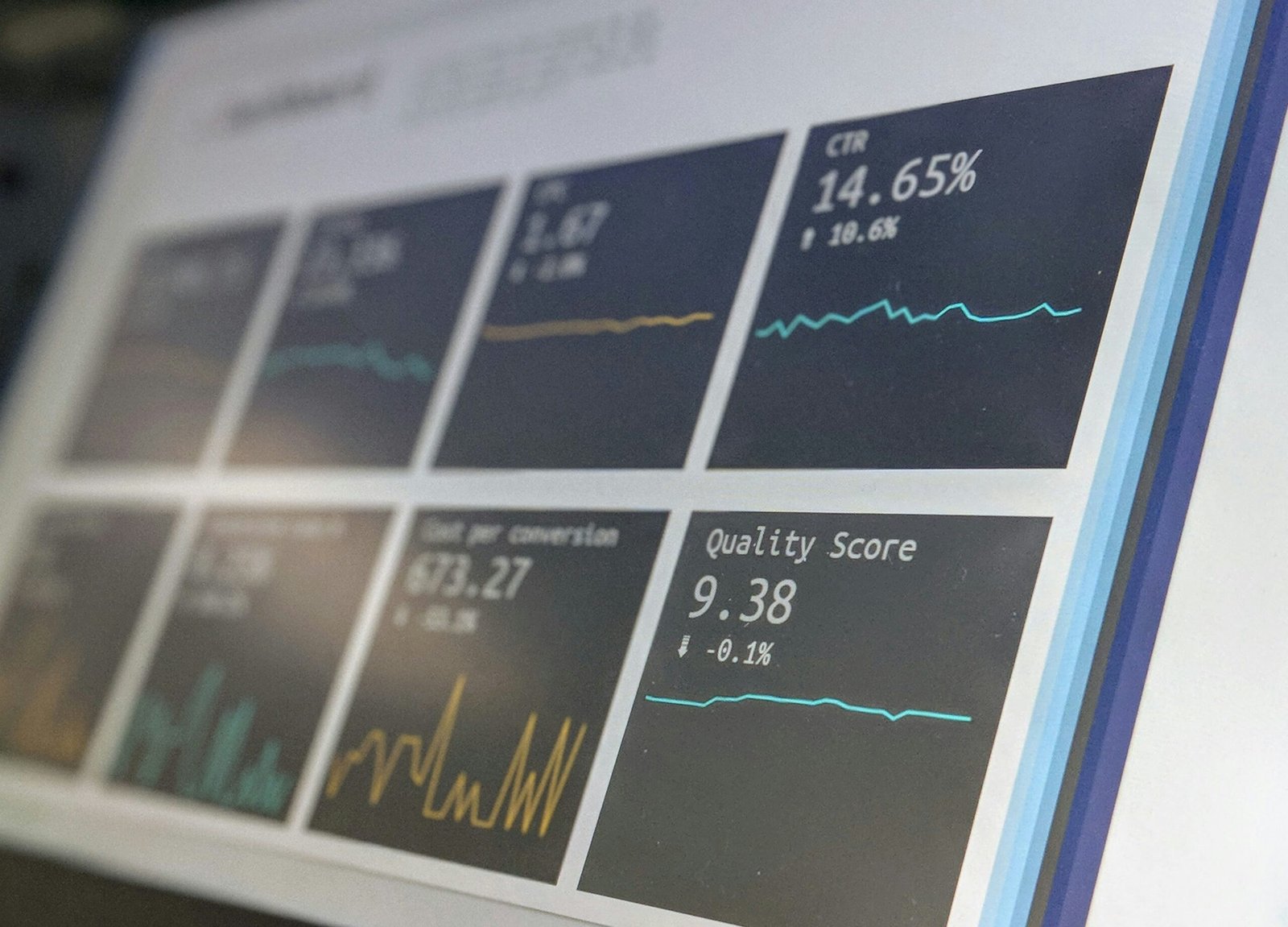Introduction to Technical Analysis
When it comes to making investment decisions in the stock market, there are two main approaches: fundamental analysis and technical analysis. While fundamental analysis focuses on analyzing a company’s financial statements and economic factors, technical analysis is centered around analyzing stock price charts and patterns.
What is Technical Analysis?
Technical analysis is the study of historical price and volume data to forecast future price movements in the stock market. It is based on the belief that market trends and patterns repeat themselves over time, and by understanding these patterns, investors can make more informed decisions.
Unlike fundamental analysis, which looks at the intrinsic value of a company, technical analysis is solely focused on price action. It disregards the underlying factors that may affect a stock’s value and instead focuses on identifying trends and patterns in the market.
Key Concepts in Technical Analysis
1. Support and Resistance Levels
Support and resistance levels are key concepts in technical analysis. Support refers to a price level at which buying pressure is expected to be strong enough to prevent the stock from falling further. Resistance, on the other hand, is a price level at which selling pressure is expected to be strong enough to prevent the stock from rising further.
By identifying these levels on a stock’s price chart, technical analysts can determine potential entry and exit points for trades. When a stock price breaks above a resistance level, it may indicate a bullish signal, suggesting that the stock’s price may continue to rise. Conversely, when a stock price breaks below a support level, it may indicate a bearish signal, suggesting that the stock’s price may continue to fall.
2. Trend Analysis
Trend analysis is another important concept in technical analysis. It involves identifying the direction in which a stock’s price is moving over a given period of time. There are three types of trends:
- Uptrend: When a stock’s price is consistently making higher highs and higher lows.
- Downtrend: When a stock’s price is consistently making lower highs and lower lows.
- Sideways trend: When a stock’s price is moving within a range, neither making significant higher highs nor lower lows.
By identifying the prevailing trend, technical analysts can make better decisions about whether to buy, sell, or hold a particular stock. It is often said that “the trend is your friend,” meaning that it is generally more profitable to trade in the direction of the trend.
3. Chart Patterns
Chart patterns are specific formations that occur on stock price charts and can provide insights into future price movements. Some commonly recognized chart patterns include:
- Head and Shoulders: This pattern consists of a peak (the head) with two smaller peaks on either side (the shoulders). It is considered a bearish reversal pattern, signaling a potential trend reversal from bullish to bearish.
- Double Bottom: This pattern occurs when a stock’s price reaches a low point, bounces back up, and then falls to a similar low point before rising again. It is considered a bullish reversal pattern.
- Ascending Triangle: This pattern is formed by a horizontal resistance level and an upward-sloping trendline connecting higher lows. It is considered a bullish continuation pattern, suggesting that the stock’s price may continue to rise.
By recognizing these patterns, technical analysts can anticipate potential price movements and make informed trading decisions.
Limitations of Technical Analysis
While technical analysis can be a valuable tool for investors, it is important to acknowledge its limitations:
1. Subjectivity
Technical analysis relies heavily on interpretation and subjective analysis. Different analysts may interpret the same chart pattern or trend differently, leading to varying conclusions and trading strategies.
2. Market Efficiency
Efficient market theory suggests that all available information is already reflected in a stock’s price. Therefore, technical analysis may not always be able to predict future price movements accurately.
3. False Signals
Technical analysis is not foolproof and can generate false signals. Traders must be cautious and use additional tools and indicators to confirm their analysis.
Conclusion
Technical analysis is a valuable tool for analyzing stock price charts and patterns. By understanding key concepts such as support and resistance levels, trend analysis, and chart patterns, investors can make more informed decisions in the stock market. However, it is important to recognize the limitations of technical analysis and use it in conjunction with other forms of analysis to make well-rounded investment decisions.

